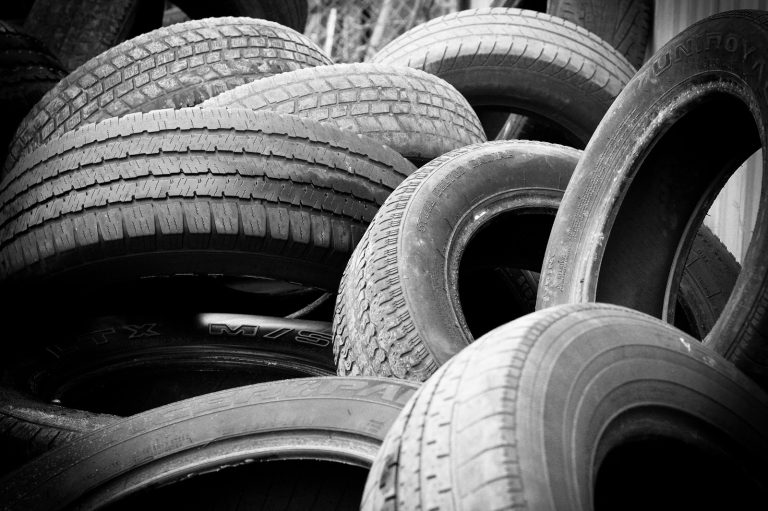

When buying new tires for your RV, you’ll want to make sure you’ve spent enough time researching your options before pulling the trigger. Class A RV tires are not all created equal and you’ll want to make sure the brand you buy is trusted and the sizing and reliability is all up to par. We’ll make sure you don’t make any mistakes.
Class A Motorhome Tires
When purchasing new tires, you’ll want to start by reviewing your motorhome’s manual. This manual will have an entire section on your RV’s tires, explaining everything from the size to the amount of air pressure required to keep everything running smoothly. Make sure to start here so you know the specs and the basics of what you’re looking for.
Next, you’ll want to review your options closest to home first. By that, we mean you should begin by looking at tires specific to your particular make and model of RV. Start by looking at your current brand, size and model and seeing what is being said about those tires online. Read reviews and check out any warranties or recalls on those tires.
If you’re a hands-on kind of person, visit your local RV dealer and ask to see a range of options. Compare them in person so you can trust what you’re buying even if you end up ordering them online.
Class A RV tires are some of the largest in their class and you’ll need to use this particular size given the weight and handling required for that size vehicle.
Class A Tires by Competitors
Now that you’ve thoroughly researched the brand of tires you currently have, it’s time to scope out the competition. These days, major brands from Goodyear to Bridgestone are competing for space in the recreational vehicle market and all will have an option designed for your camper.
It’s important, when buying tires, to consider how often and where you travel. If you are regularly encountering snow, rain or sleet, you’ll want an all-weather tire that promises safe handling in the worst of conditions. If you mainly stick to sunny states and clear skies, you might not need to invest in tires that can handle these conditions. Compare safety ratings for tread and handling ability before buying.
Keep in mind you can expect to spend about the same on your RV tires as you would for your pick-up truck or SUV, meaning in the range of at least $75 to $150 per tire if not much more.
Storing your Tires
Once you’ve purchased and installed your new tires, you’ll want to make sure you can get the most lie out of them as possible. We recommend storing your tires with RV tire covers when not in use to protect them against damaging sun rays. It’s important to store them in a cool, dry place as well and to get them inspected each year before pulling them out of storage and taking them on the road again.
Regularly check your tires for air pressure, any weakened tread and any places where you suspect a leak. Keep a spare handy for emergencies and learn how to change your tire should you ever need to while on the road. As will all vehicles, you’ll want to have your Class A RV tires rotated regularly and kept clean of debris.
This post may contain affiliate links.
